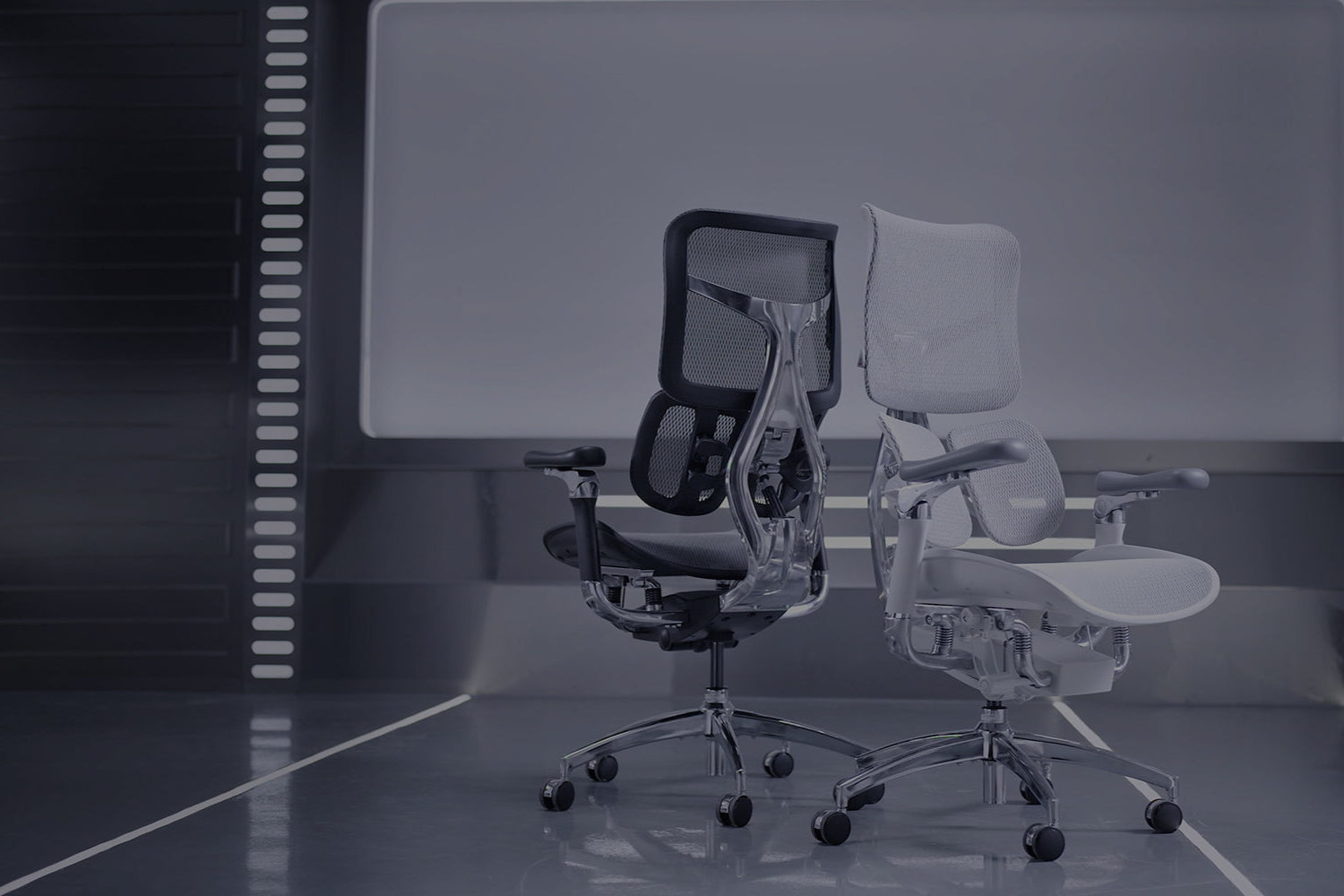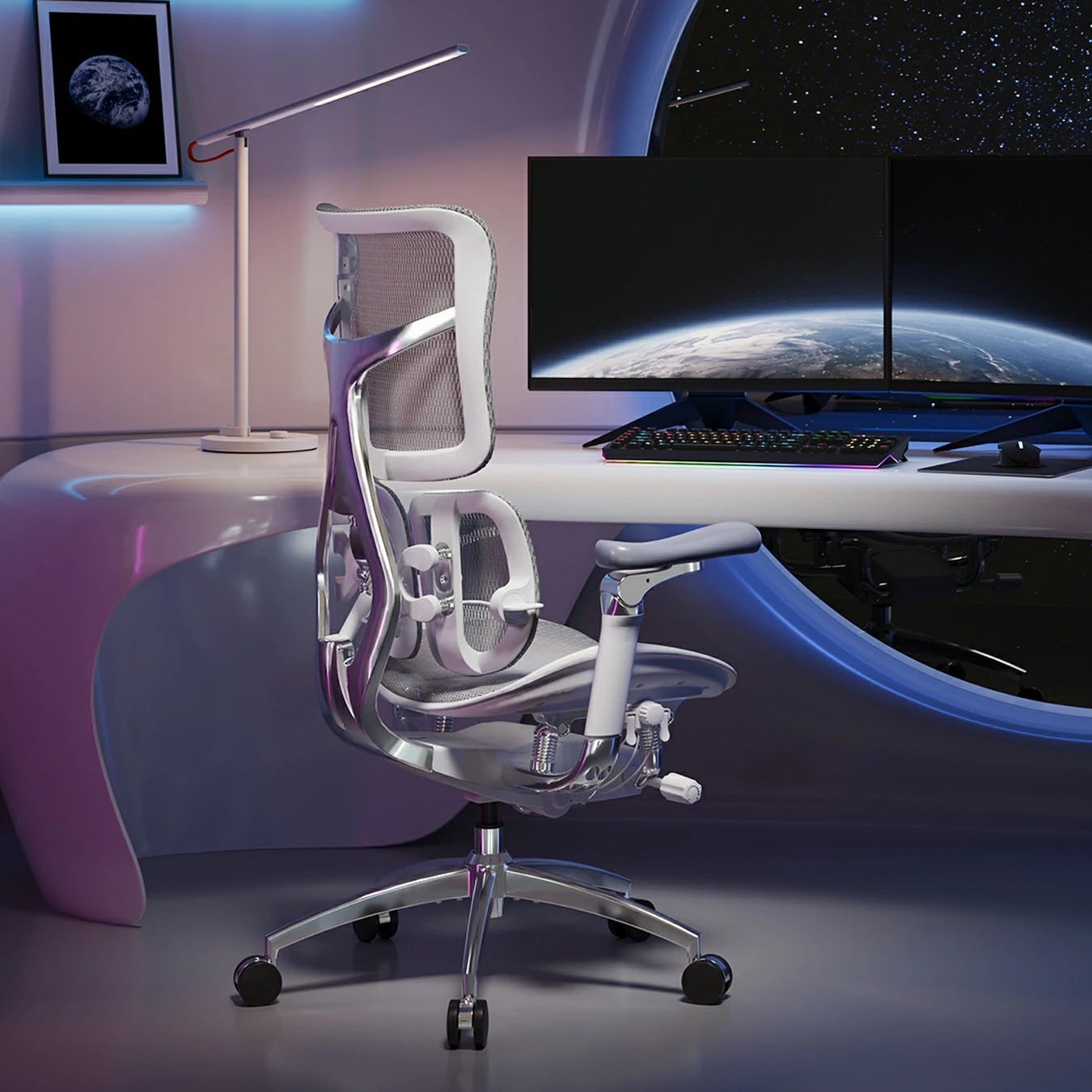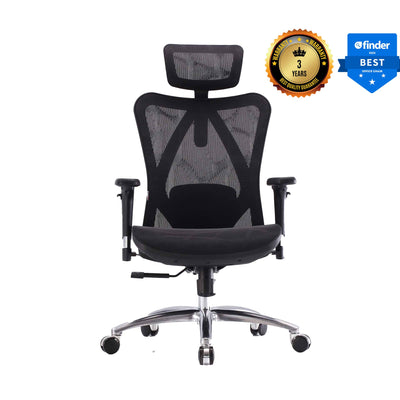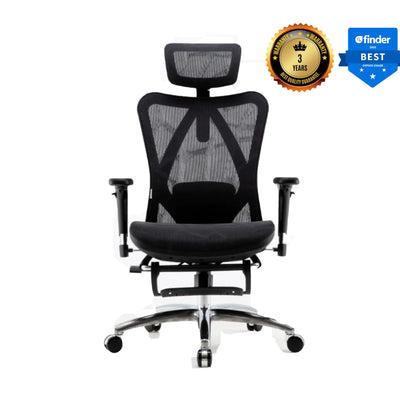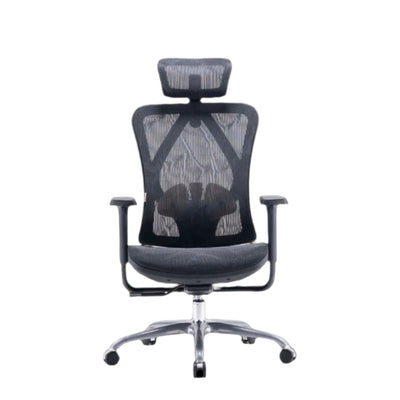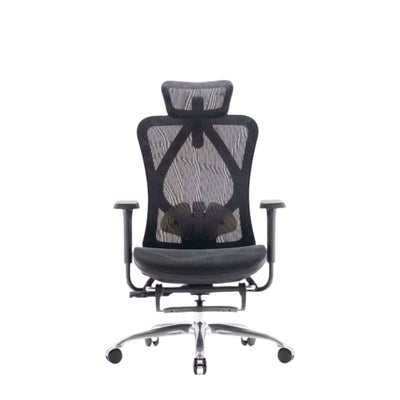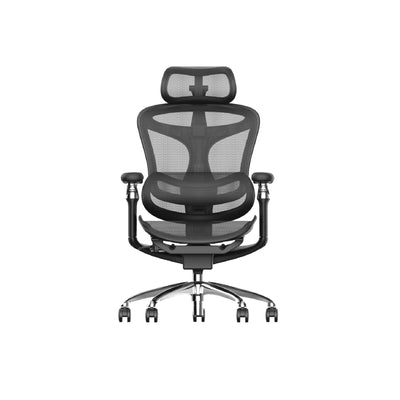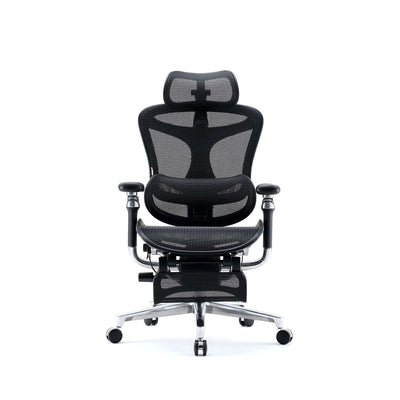
Many office workers silently battle office chair back pain every day. Long hours sitting at a desk can slowly take a toll on your spine. The discomfort starts as a dull ache, then grows into a daily challenge that affects both work and wellbeing. But here's the good news-it doesn't have to stay that way.
By making smart adjustments, you can ease back pain and prevent it from coming back. Some solutions work quickly, while others offer lasting relief. Both are worth knowing to keep your spine healthy.
Let's explore simple quick fixes and long-term changes for office chair back pain solution and how you can start using it today.
Quick Fixes: Fast Relief from Office Chair Back Pain
When back pain strikes during work, you need solutions that bring immediate comfort. These simple steps can make a big difference straight away.
1. Adjust Your Chair Height Correctly
If your chair is too high or low, your back can suffer. Set your chair so your feet sit flat on the floor comfortably. Your knees should align with your hips to keep your spine relaxed and supported.
2. Sit Back and Stop Slouching
Make sure you sit all the way back in your chair. Let the backrest fully support your spine. Leaning forward or slouching creates strain that leads to office chair back pain.
3. Roll Up a Towel for Lumbar Support
If your office chair doesn't provide enough lower back support, try this quick fix. Roll up a towel and place it behind your lower back. It encourages the natural curve of your spine and improves your sitting posture.
4. Stretch Every 30 Minutes
Don't let your muscles tighten while you work. Take a short standing break every half hour to stretch and reset your body. Gentle desk stretches can ease stiffness. Try a seated spinal twist, a quick hamstring stretch, or an overhead side reach to loosen your back.
5. Raise Your Monitor to Eye Level
Looking down at a screen can pull your shoulders forward and hurt your back. Prop up your monitor until you can see it comfortably at eye level. This small tweak helps keep your head, neck, and back in a healthy line.
6. Apply Heat for Soothing Relief
When your back feels tense, try using a warm heat pack. It quickly relaxes tight muscles and eases discomfort during the workday.
Long-Term Changes for a Healthier Spine
Quick fixes are helpful, but lasting comfort comes from long-term changes. These steps can prevent back pain and support your spine every day.
1. Upgrade to Ergonomic Chairs
A poorly designed chair can make back pain worse. Ergonomic chairs offer adjustable features that help protect your spine while you work. Choose a chair with lumbar support, adjustable height, and a comfortable seat. Investing in ergonomic office chairs can improve your posture and prevent future pain.
2. Set Up an Ergonomic Workspace
An ergonomic chair is only part of the solution. Your whole workspace should support healthy posture. Check that your desk allows your elbows to rest at a 90-degree angle when typing. Keep your keyboard and mouse within easy reach to avoid over-stretching. If your feet don't touch the ground, use a footrest for support.
3. Build Core Strength
Strong core muscles help protect your spine from strain. Weak abdominal muscles often force your lower back to work too hard. Include simple core exercises like planks, pelvic tilts, and bridges in your daily routine. Even a few minutes a day can make your back feel stronger and more supported.
4. Break Sitting Habits That Hurt You
Even with the best ergonomic chair from the Doro Series Ergonomic Chair Collection, bad habits can trigger pain. Don't perch on the edge of your seat, and avoid crossing your legs for long periods. Sit back fully with both feet planted flat on the floor. Keep your shoulders relaxed and your ears aligned with your shoulders.
5. Keep Moving During the Day
Sitting for hours is tough on your spine. Break the cycle by adding movement throughout your day. Use a standing desk when possible, and walk during lunch or between tasks. Regular movement can reduce stiffness and keep your back healthy.
6. Seek Professional Help if Pain Persists
If back pain lingers or worsens, it's time to see a specialist. Physiotherapists or ergonomic consultants can offer tailored advice. They can help correct posture issues and recommend improvements to your workstation.
More Tips for Back-Friendly Work Days
Small lifestyle choices can further protect your spine and ease back pain.
Stay Hydrated
Drinking enough water supports healthy muscles and joints. Dehydration can increase tightness and discomfort in your back.
Wear Supportive Shoes
High heels or unsupportive shoes can throw off your balance and posture. Stick with cushioned, stable shoes to avoid adding strain to your back.
Manage Stress and Tension
Stress often settles in the shoulders and back. Regular breathing exercises, stretching, and mindfulness can help relieve built-up tension.
Sleep in a Spine-Friendly Position
Your sleeping habits can affect your back during the day. Try sleeping on your back or side with proper pillow support. A supportive mattress also plays a key role in spinal alignment.
How SIHOO and Ergonomic Chairs Can Help
If your workday leaves you struggling with office chair back pain, investing in a supportive chair is a wise move. Ergonomic chairs from trusted brands like SIHOO are designed to protect your spine and improve your sitting posture. These chairs offer multiple adjustments to fit your body perfectly and reduce strain.
Choosing the right office chair now can save you from years of discomfort later. Ergonomic chairs are not a luxury-they're an essential tool for long-term spinal health.
When to See a Doctor About Back Pain
Back pain is common, but sometimes it needs medical attention. You should see a doctor if:
- The pain lasts more than a few weeks
- You feel numbness or tingling in your legs
- You experience weakness or sharp pain that doesn't improve
Getting expert advice early can prevent serious issues later.
Office Chair Back Pain Solutions
Office chair back pain doesn't have to be a daily battle. Quick fixes like adjusting your seat, stretching regularly, and using a towel for back support can help straight away. Long-term improvements, such as using ergonomic chairs and moving more during your workday, can create lasting comfort.
Many brands, including SIHOO, offer smart, supportive seating options to make your workspace better for your back. But the chair alone isn't enough. Your habits, posture, and workspace layout all play a role in supporting a healthier spine.
By making small, consistent changes, you can say goodbye to office chair back pain and hello to a more comfortable work life.

